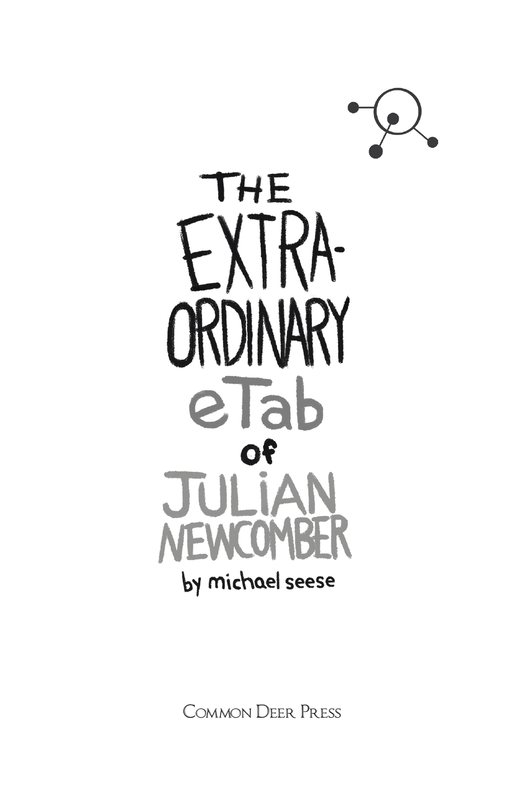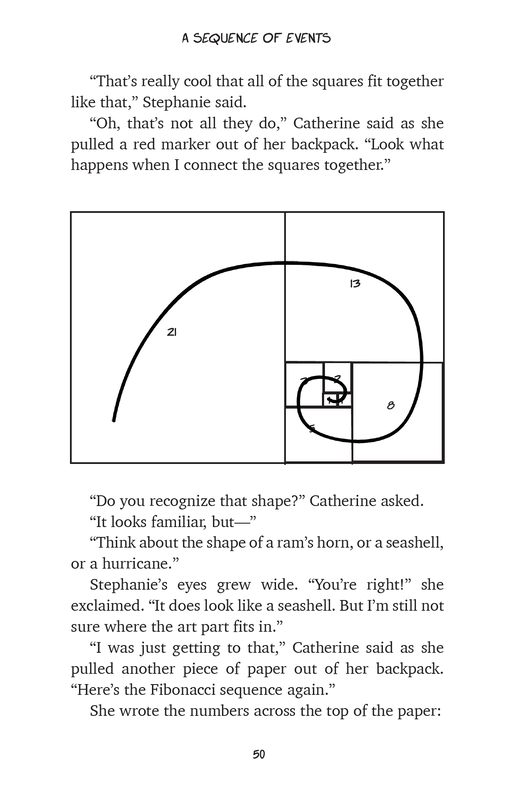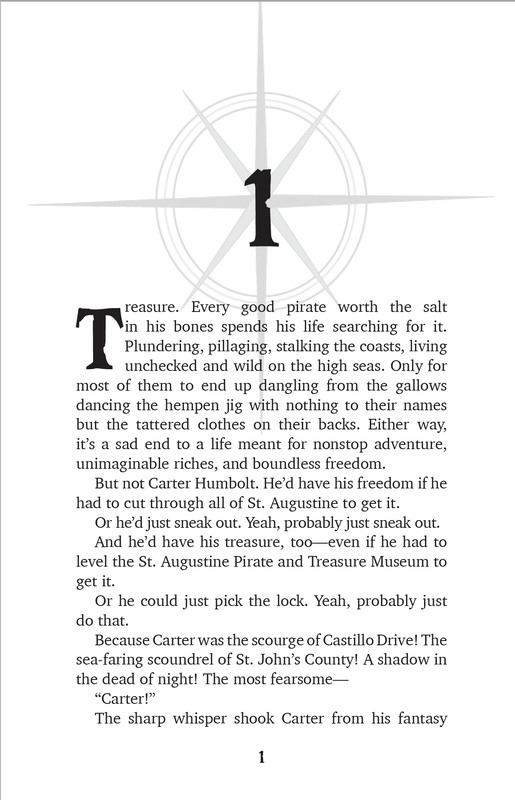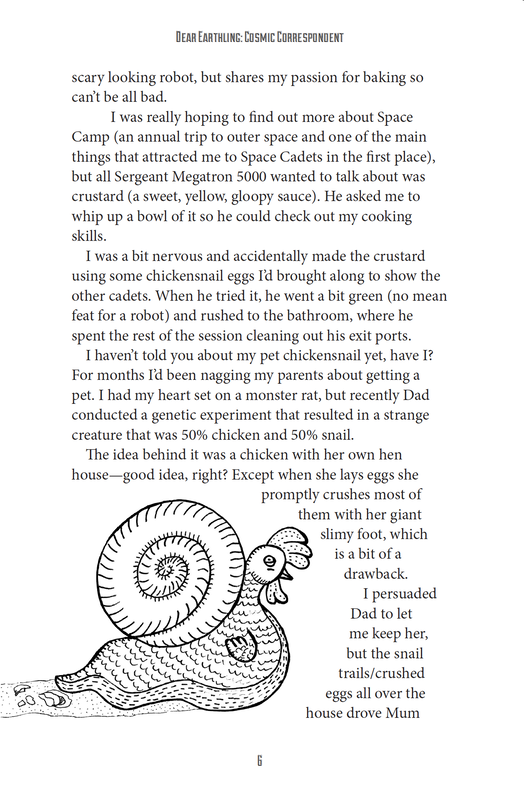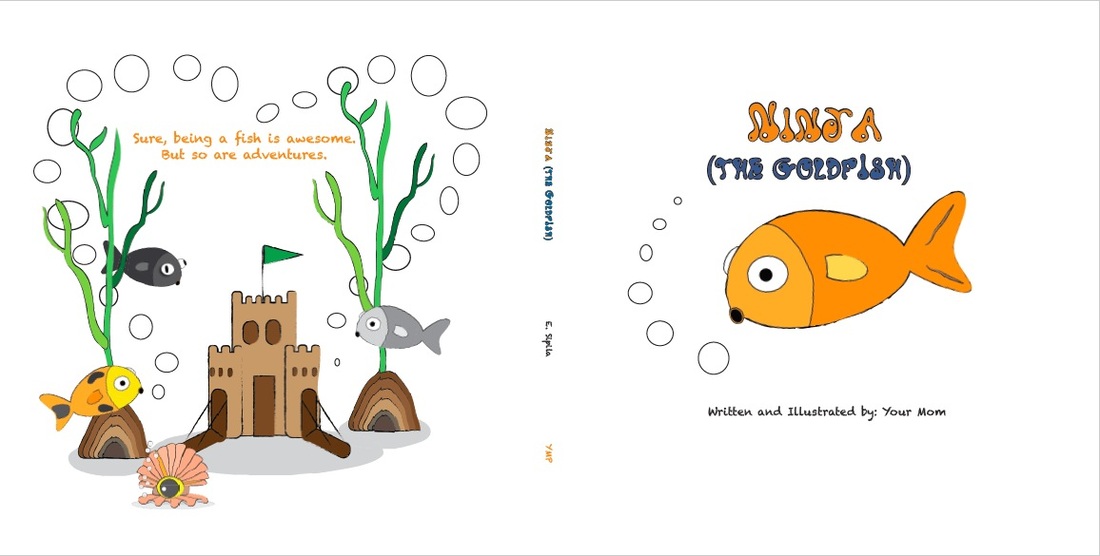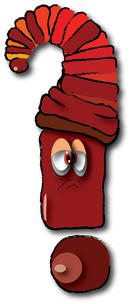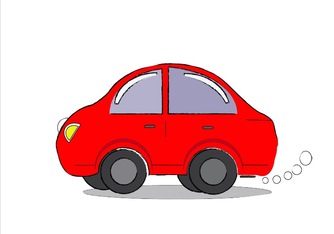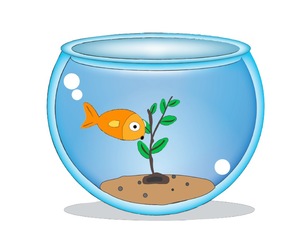Interior Layout
I know. You've probably never really given much thought to what is inside the book from a design point of view. I mean, most authors write their manuscripts using Microsoft Word, which selects the margin width, the typeface, the letter spacing, the leading and tracking, the depth of indents, the page size, and so on and so forth. That's all one really needs inside a book, right? Right?
Well, um...no.
Cover art is what most people think of when they consider book design. And there's no question about the power of a really great cover. Often, the cover is what makes a reader pick up a book in the first place. But what about the insides? What can be said for the chasing of orphans and widows? The typeface choices? The pull quote styles and additional decorative page treatments? And how about the placement of illustrations? And we mustn't forget about the running heads and feet. In short, there are many things that go inside a book that you've probably never really noticed before.
That's because book designers are magical; their work is invisible. The design of a book is meant to aid you during your reading experience for clarity, consistency, mood, tone, and charm while not getting in the way of the author's words.
Well, um...no.
Cover art is what most people think of when they consider book design. And there's no question about the power of a really great cover. Often, the cover is what makes a reader pick up a book in the first place. But what about the insides? What can be said for the chasing of orphans and widows? The typeface choices? The pull quote styles and additional decorative page treatments? And how about the placement of illustrations? And we mustn't forget about the running heads and feet. In short, there are many things that go inside a book that you've probably never really noticed before.
That's because book designers are magical; their work is invisible. The design of a book is meant to aid you during your reading experience for clarity, consistency, mood, tone, and charm while not getting in the way of the author's words.
Cover Design
Few things elicit feelings of such joy when they're done right---or such outrage when they're not---as a book's cover. A cover, as was said above, can be what makes or breaks the sale. I have seen examples of some really terrific covers, and I have seen some absolutely horrible ones. Covers are often considered almost as important to a book as its story. This is serious stuff.
The considerations a designer must keep in mind when conceptualizing a book's cover are: 1) will the cover go on a digital book, or a print one, 2) is it a wrap cover, a dust jacket, or just the front panel, 3) does it need flaps, 4) how thick will the spine be, 5) what paper/card stock will be used, 6) is it colour or black and white, and 7) what is the story about, and how can that message or theme be conveyed in the artwork and choice of typeface.
That's a lot to think about.
Below are two covers I made for two very different books. What do they say about the books? What age category are the books meant for? What tone do these books have? Are they fiction or nonfiction? Hard cover or soft cover? Digital or print? What are your thoughts on these books? And most important of all, would these covers catch your attention if placed on a bookshelf full of dozens of other books?
These, of course, are full dust jackets including flaps. The stripe down their centres is for the spine, and the rectangular panels on the far sides are the flaps---meant to be folded under, so they would be seen on the inside of the book.
The considerations a designer must keep in mind when conceptualizing a book's cover are: 1) will the cover go on a digital book, or a print one, 2) is it a wrap cover, a dust jacket, or just the front panel, 3) does it need flaps, 4) how thick will the spine be, 5) what paper/card stock will be used, 6) is it colour or black and white, and 7) what is the story about, and how can that message or theme be conveyed in the artwork and choice of typeface.
That's a lot to think about.
Below are two covers I made for two very different books. What do they say about the books? What age category are the books meant for? What tone do these books have? Are they fiction or nonfiction? Hard cover or soft cover? Digital or print? What are your thoughts on these books? And most important of all, would these covers catch your attention if placed on a bookshelf full of dozens of other books?
These, of course, are full dust jackets including flaps. The stripe down their centres is for the spine, and the rectangular panels on the far sides are the flaps---meant to be folded under, so they would be seen on the inside of the book.
Hardcover
Paperback
NOTE: the above artwork was made by Tim Zeltner at i2i.com. Check out his portfolio for more of his fab work!
Children's Picture Book
Original Artwork
All right, I don't do original artwork all that often, but I have been known to on occasion. The pieces I make are vector images, which means they can be manipulated to fit any sized frame without the resolution or proportions becoming all wonky. I can make them on transparent backgrounds (such as the exclamation point and question mark characters below) so they can easily be incorporated into any other piece of artwork, or I can add them to a provided background (such as the car and fish bowl).
If your book requires original artwork, throw your ideas at me. I may be able to come up with something completely new for you.
If your book requires original artwork, throw your ideas at me. I may be able to come up with something completely new for you.
